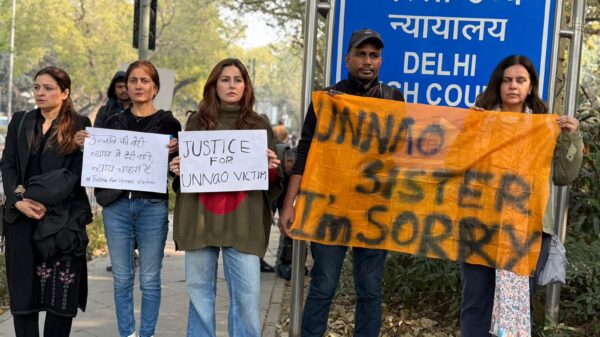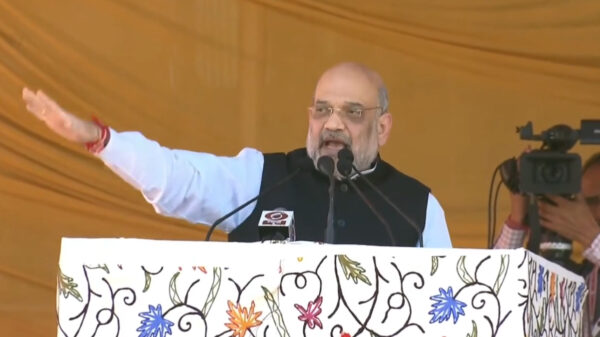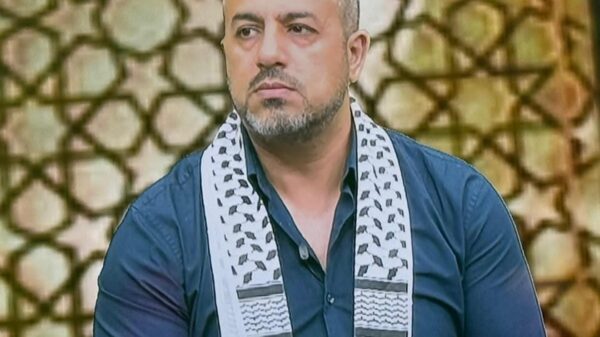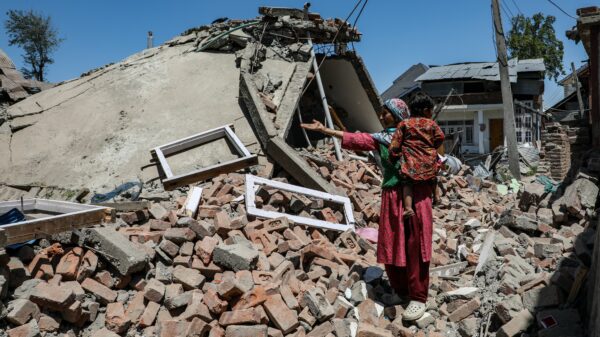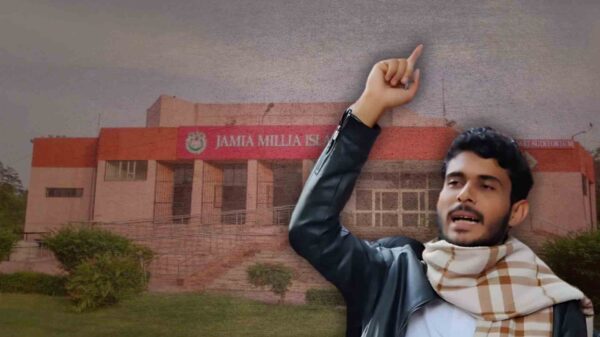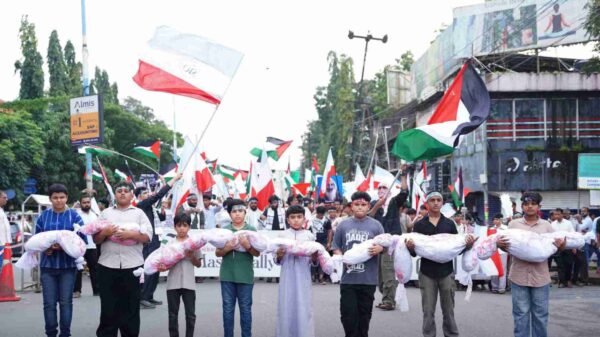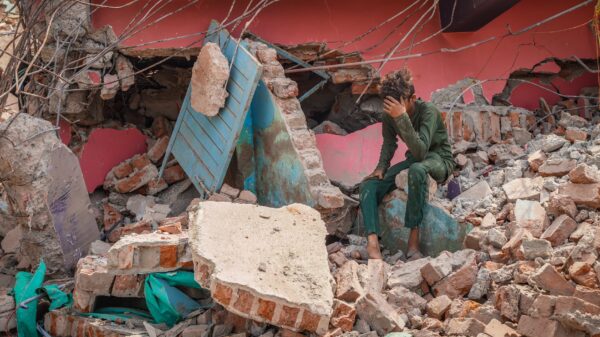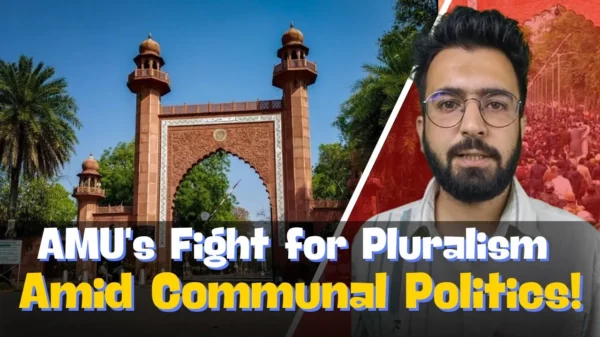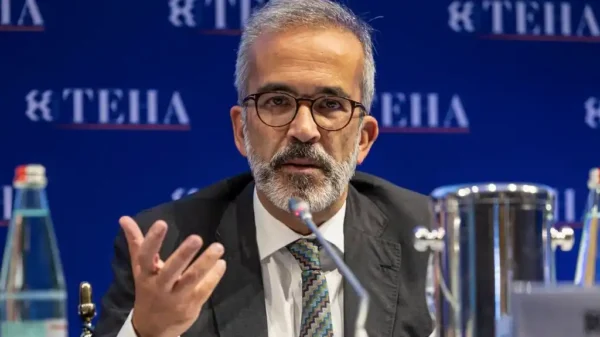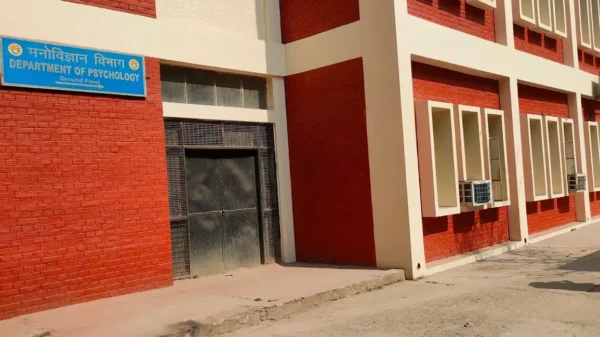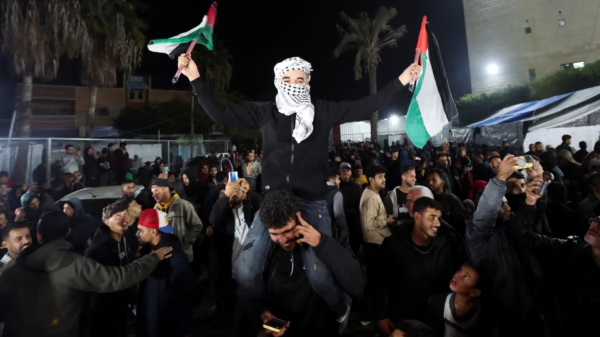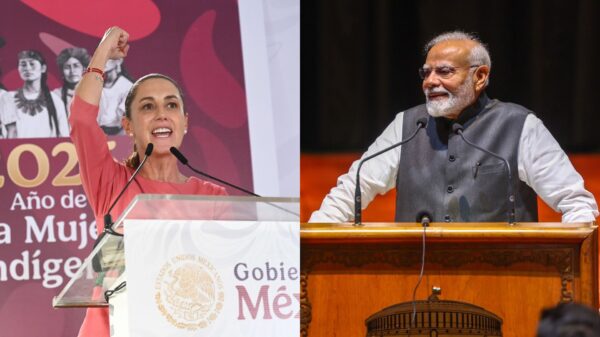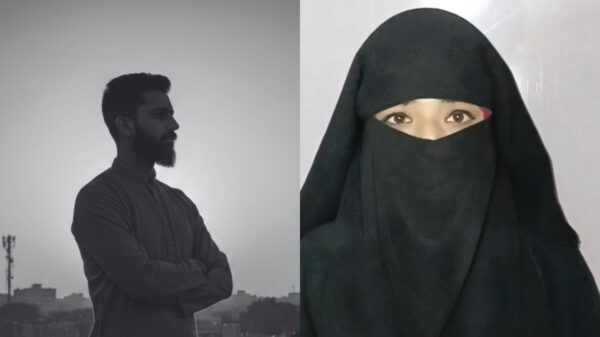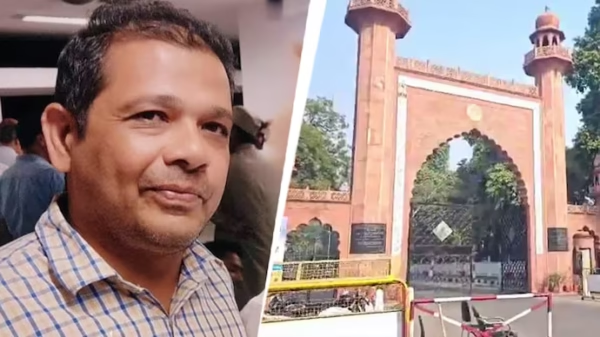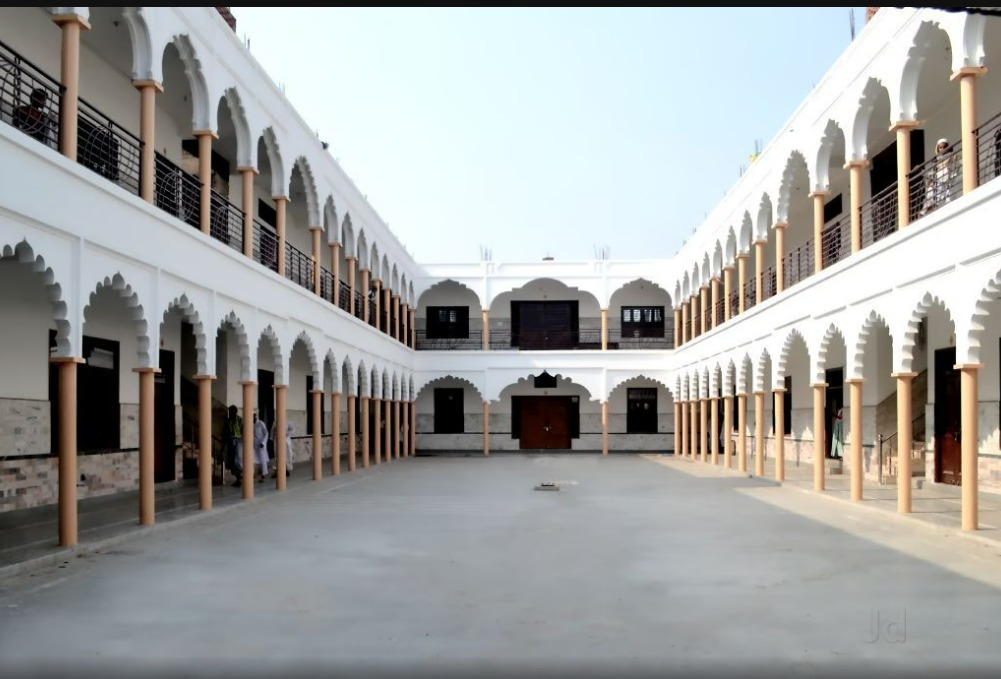The decision to convert eight Urdu medium schools into Hindi medium institutions has sparked widespread protests among the local Muslim community in Rajasthan’s Ajmer. Residents view the move as a threat to their linguistic and cultural heritage, with the schools historically serving as pillars of the community’s identity.
The affected schools, including the Government Primary Urdu School Badbaav and the Government Girls High Primary Urdu School Andarkot, located in predominantly Muslim neighborhoods such as the Dargah area in Rajasthan’s Ajmer, serve around 300 students and both have provided education in Urdu since 1941 to the minority community.
The merger has raised additional concerns about the future of girls’ education. One of the schools affected, a girls-only institution, has been merged with a co-educational Hindi medium school. Local residents worry that parents may hesitate to send their daughters to a mixed-gender environment, potentially reducing educational opportunities for girls in the area.

“The Andarkot area is entirely minority-populated, and merging the girls’ school with a co-ed institution will discourage many families from continuing their daughters’ education,” said SM Akbar, state general secretary for the Minorities Wing of the Congress Party, who has written to the chief minister demanding the cancellation of the merger.
The decision comes on the heels of a December 2024 directive from the BJP-led Rajasthan government to replace Urdu and Persian terms in policing with Hindi terminology. Community leaders argue that the move threatens the preservation of Urdu and disproportionately impacts students more comfortable learning in their mother tongue.
Resentment Among Locals
“Urdu is an integral part of who we are,” said a parent at a recent sit-in protest. “By removing it from our schools, the government is erasing our history and identity.”
Local leader Md Razi criticized the decision, calling it a violation of the community’s right to education in their preferred language. “This is not just about language; it is about educational equity,” he said. Another protester, Yasmeen Jahan, accused the state’s Education Minister, Madan Dilawar, of pursuing an agenda to undermine cultural diversity in the state.
Community members have submitted a memorandum to the District Collector and Rajasthan Chief Minister Bhajanlal Sharma, demanding a reversal of the decision. Activists have also announced plans for larger protests, including mass rallies, to draw attention to their demands.
The Urdu medium schools in question are deeply rooted in Ajmer’s history, having served the community for over eight decades. However, these institutions have faced persistent challenges, including a shortage of Urdu textbooks and qualified teachers.
Aslam Khan, a school teacher, questioned the government’s approach, suggesting that both Urdu and Hindi could coexist as mediums of instruction. “The issue is not about improving education but about sidelining a minority language,” he said.
Efforts to Reform Education
The District Collector, while acknowledging the community’s concerns, defended the move as part of broader educational reforms aimed at enhancing quality and accessibility. “Our focus is on providing quality education for all, regardless of language,” said the official.
However, this explanation has done little to assuage fears within the Muslim community, who view the move as a systematic erosion of their cultural and linguistic rights.
As protests continue to gain momentum, the issue reflects the ongoing struggle for linguistic rights among minority communities in India, as well ass the challenges faced by Urdu speakers across the country, where the language has deep cultural and historical significance.







